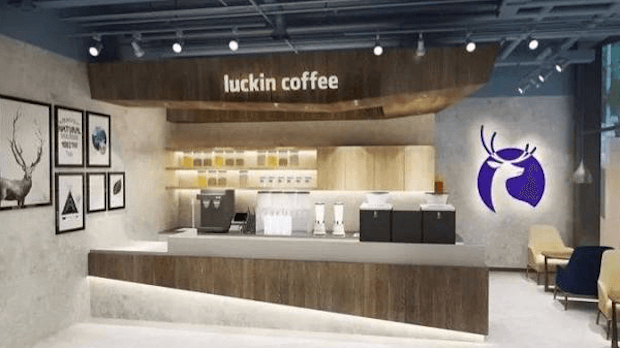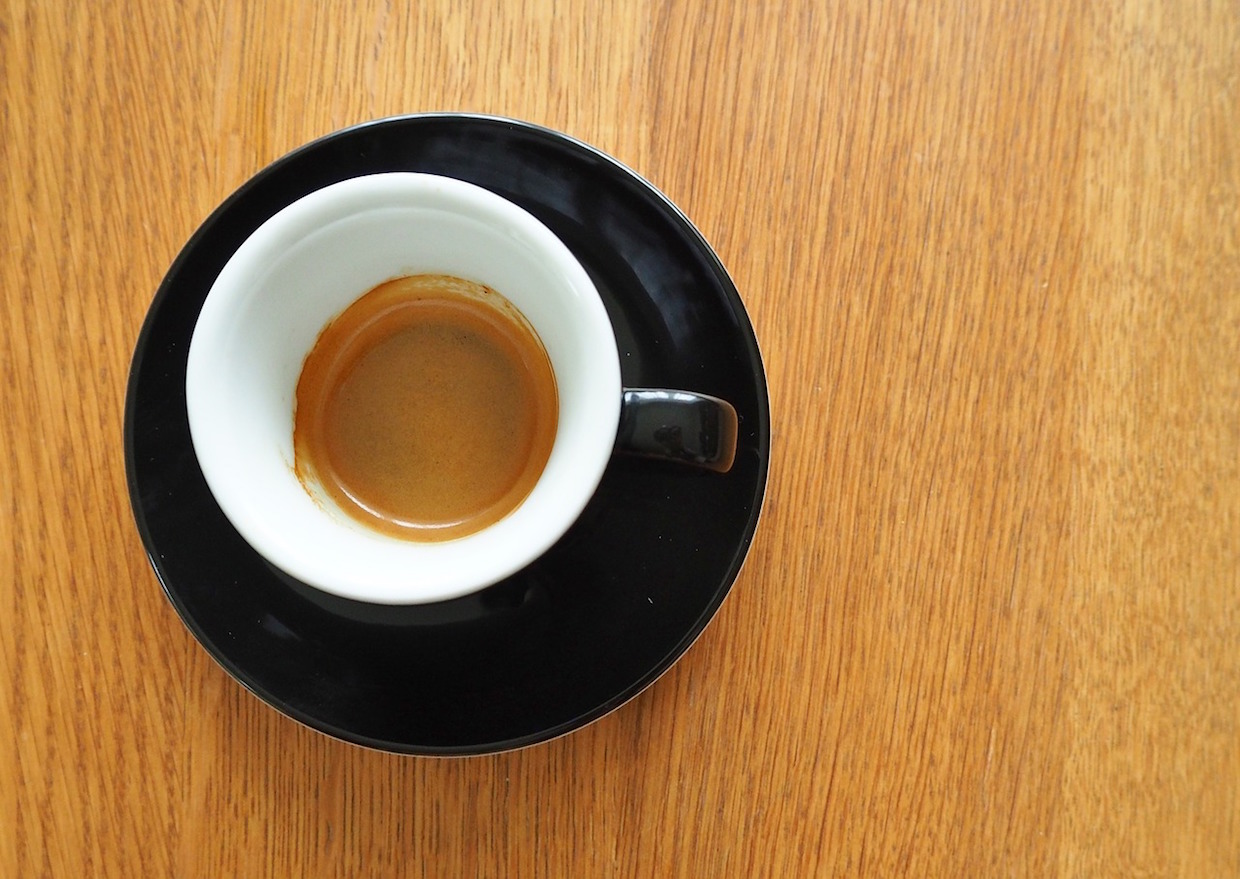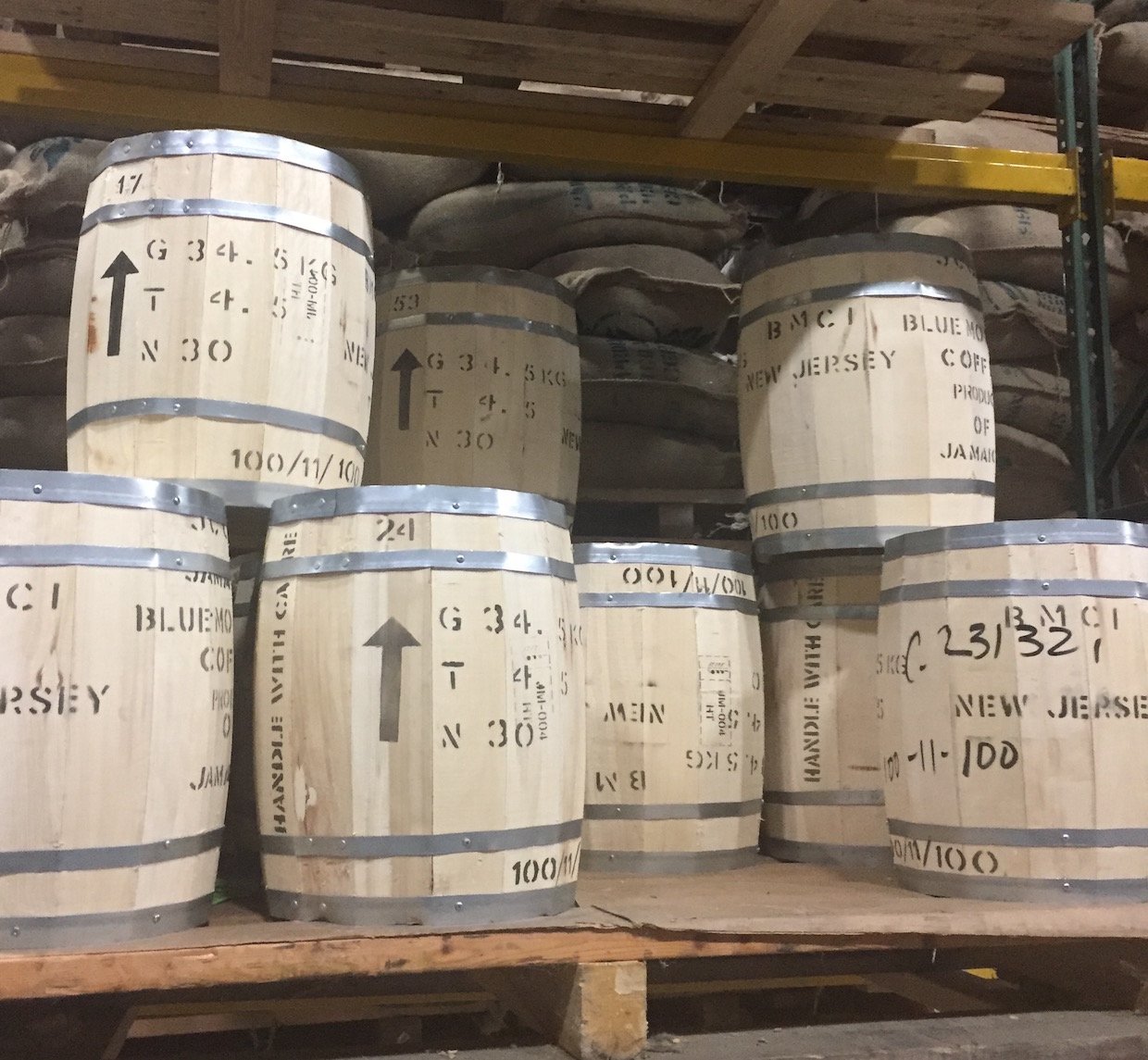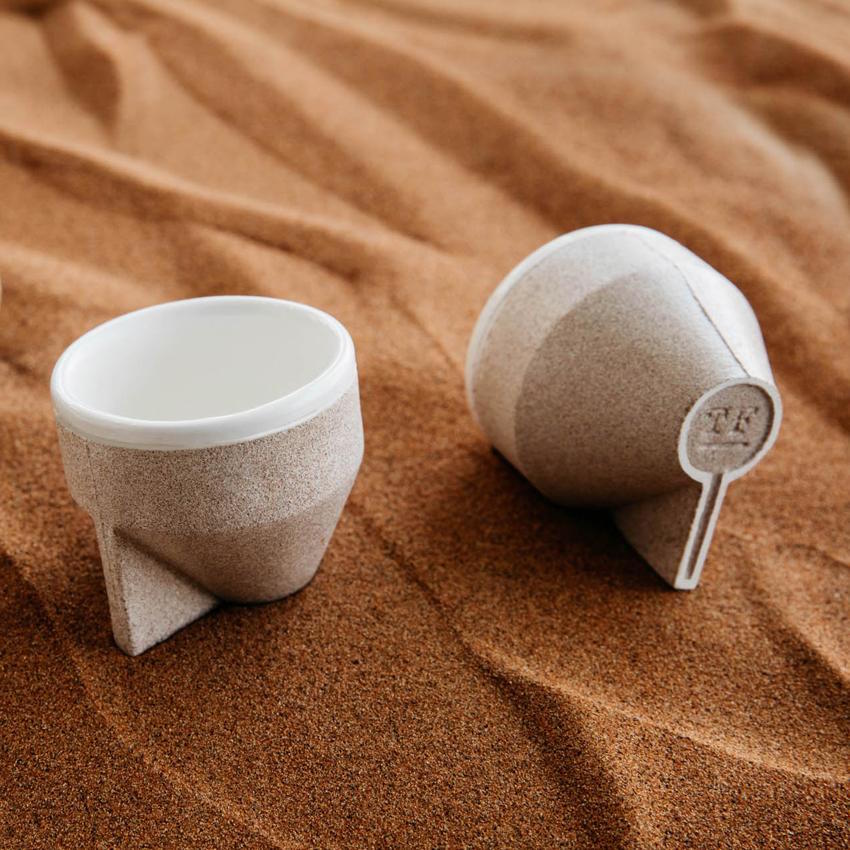As we knock 2018 out of our portafilters and send the first drops of water into a freshly tamped 2019, the Chinese mega-startup Luckin Coffee has started the year at a sprint, announcing it is poised to overtake Starbucks within the next 12 months. Reuters had more:
“What we want at the moment is scale and speed,” Luckin’s chief marketing officer, Yang Fei, told reporters on Thursday at a presentation in Beijing.
“There’s no point talking about profit,” he said, adding that subsidies to lure in more users would be an important part of the firm’s strategy for the next few years.
Luckin said it was targeting a total of more than 4,500 stores by the end of 2019, which would take it past Seattle-based Starbucks that has long dominated China’s coffee scene and has over 3,600 stores in the country.
The Washington Post this week included the perspectives of some specialty coffee luminaries while examining the inward trickle of specialty coffee against the backdrop of old-world Italy, its old fashioned coffees and the expectations of the consumers to which it has traditionally catered:
Kenneth David [sic], the Berkeley, Calif.-based editor in chief of the Coffee Review consumer report, said a few big Italian roasters use “pretty close to the worst [beans] in the world,” but Italian baristas have the machines and craftsmanship to make the most of what they have. A higher-end roaster, Illy, uses the more-prized Arabica beans, and other roasters use Arabica as a component of their blends.
Dale Harris, a Brit who won the 2017 World Barista Championship, compared Italian espresso to a hot dog in New York City. “It’s super cheap. It’s super authentic. No, it’s not objectively good,” Harris said. “The product has to be cheap because that is what the market demands. You have to roast it darker or blend it to cover up some of the defects. It’s a heavier, rougher product.”
An eloquent eulogy for Gen X U.S. coffeehouse culture by James Beard Award-winning writer Keith Pandolfi appeared last week in Taste:
In the past few decades, coffee shops have changed as much as the coffee itself. As we ride high on the third wave of poured-over, Burr-grindered beans, we’ve forgotten just how much the places where those beans are served have changed, too. I don’t know what happened, really. I suppose it was a combination of the Starbucks revolution of the early ’90s paired with the pop-culture perception of coffeehouses as mainstream hangouts thanks to TV shows like Friends, where Central Perk seemed like almost a mockery of everything I held dear with its Paris Salon–meets–Pottery Barn decor. There were no outcasts hanging out with Ross. Watching the show in college, I imagined that the misanthropic barista, Gunther, once worked at a place like Highland but was forced to look for another job after it closed to make way for a Starbucks. While most viewers cheered for Ross and Rachel, I cheered for Gunther.
And while Bulletproof coffee somehow remains a thing, so too does well-reasoned skepticism of its benefits. Aussie dietitian Melissa Meier made web-waves with her piece in Body and Soul examining the saturated fat, calories and dubious nutrition of trendy butter-coffee and came to this conclusion:
Bulletproof coffee is no magic bullet.
Instead, I think it’s more of a money-making gimmick. Adding butter by the tablespoon to your morning coffee is simply unnecessary – so carry on as you would and please don’t ruin your perfectly delicious brew.
It’s a new day in Japan as well. The nation celebrates its first ever Jamaica Blue Mountain Day this Jan. 9, honoring the date in 1967 when the “largest” shipment left Kingston bound for consumption by its fellow island nation. The Jamaica Gleaner picked up the story:
The date has also been adopted locally. Norman Grant, chairman, Jamaica Coffee Exporters Association (JCEA), said on Monday that the celebration of both locally and in Japan is part of the initiative to reposition the brand, which he believes is currently valued at approximately US$500 million.
Grant said that with the JCEA aiming to develop the brand and expand the market, he is also seeking the engagement of the more than 25 million coffee stakeholders globally to “join Jamaica in celebrating the finest coffee in the world.”
Southern California’s potential as a bonafide coffee-growing “origin” is entering the new year from a promising position. NBC News checked in with Jay Ruskey to learn that a full coffee harvest of fruit from roughly 30,000 coffee trees will occur this year:
Through his Frinj Coffee Inc., located in Goleta on the Central California Coast, Ruskey offered a full-service operation for growing coffee that begins with selling pest-free, locally-grown specialty coffee plants to interested growers for $20 each.
Experts believe this experimental crop can be the next revenue-driving agricultural sector for San Diego. This discovery is timely for the local agriculture scene, as the avocado market, which produced $122 million in 2017, according to the county’s annual crop report, continues to slow down.
And while it is known that Australia also grows some coffee, there’s less awareness that certain parts of New Zealand are capable, too. Stuff examined the work occurring on one such Kiwi coffee operation:
The couple planted the first 550 of these plants in 2012 and 2013 with help from some coffee-loving friends, and a further 250 trees of a new varietal in 2014, so they now grow three coffee varietals and are further refining their selections. Last year, they selectively colour-picked just under a tonne of cherries (60kg of roasted coffee) between December and February.
Carol enjoys the harvest. “The picking pace is about the same as for blueberries, and friends and customers are happy to help in exchange for the coffee harvest experience and some good coffee,” she says. “The wet season early last summer made it challenging to pick the cherries before the rain split them, and it made the drying timeframe tricky too, but the upside was that the rain induced early flowering and fruit development, so we’re now looking at a much larger crop for this season.”
Ultimately at this time of year we’re reminded that, like sands through the hourglass, so too are our daily cups of coffee. And when drinking from mugs designed by The Foundry by Tinkah, this is even more literally true. Design Boom took a closer look:
inspired by the ever-shifting dunes, the foundry by tinkah set out to develop a material that takes the characteristics of desert sand into a moldable medium. ‘ramel’ has the ability to shift shape into functional and aesthetic products that emerge from their environment rather than adopting their surrounding. as a homage to a global culture, the foundry has designed and produced the humble coffee cup using this new material.
Howard Bryman
Howard Bryman is the associate editor of Daily Coffee News by Roast Magazine. He is based in Portland, Oregon.










Comment